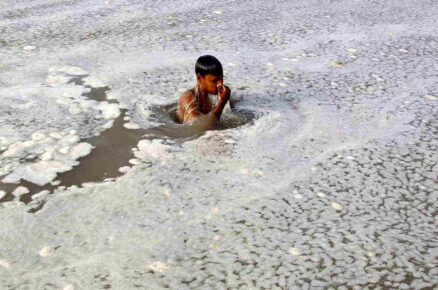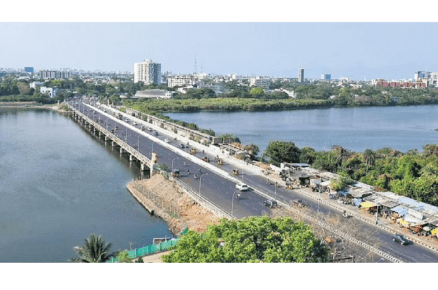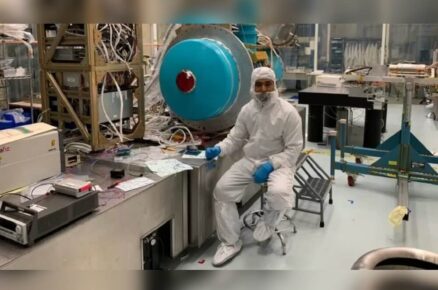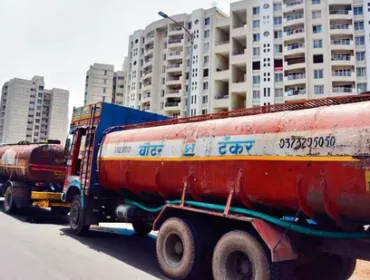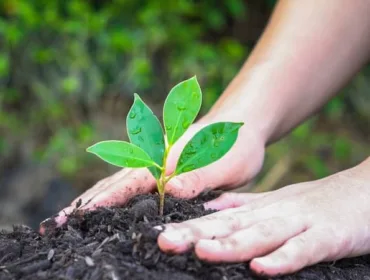Delhi Pollution Control Committee missed the opportunity to analyse the pollution level in the Yamuna water in July at a time when the river was at its natural best. An RTI query has also elicited the revelation that while sewage generation in the city went up 10% in roughly the last one and a half years, the sewage treatment capacity increased only 5% in the same period, leaving untreated sewage soaring by 19%.
“Ideally, the river’s water quality should be analysed every month, especially when there is ample flow in the river,” according to professor Shashank Shekhar, a geologist at Delhi University who has conducted numerous studies of the river.
“In July, due to the additional flow in the river, the major drains and sewers discharging their content into the river saw a reverse flow. This means there was no city-sourced pollution flowing into the Yamuna, only silt. Testing would have provided the baseline data for the monsoon flow of the river.”
According to Shekhar, the baseline data, through a comparison of monsoon and non-monsoon months, helps understand the dilution process, drain contribution, pollution growth and the source of pollution other than drains and sewers.
“Sadly, the opportunity was lost,” the geologist said.
According to professor CR Babu, head, Centre for Environmental Management of Degraded Ecosystems, July could have been the best time to assess the river water quality. The Yamuna was at its natural best in terms of flow and without the influence of 22 drains discharging pollutants in it. Yes, there would also be additional siltation, but the overall data would have given a real picture of the river, according to Babu.
“The Yamuna was at its natural best in terms of flow and without the influence of 22 drains discharging pollutants in it. Yes, there would also be additional siltation, but the overall data would have given a real picture of the river,” said Babu.
Meanwhile, an RTI filed by activist Amit Gupta has revealed that since last year, the sewage generation in the city has increased from 720 million gallons a day (MGD) in December 2021 to 792 MGD in July 2023 (about 10% increase) while sewage treatment was enhanced by only 5% from 515 MGD to 545. This caused untreated sewage flowing into and polluting the Yamuna to go up from 200 MGD to 245 MGD, an increase of 19%.
Untreated sewage leads to a rise in the faecal coliform level, which has often been over 100 times the safe standard in the Yamuna. An official DPCC document of July 2022 stated that sewage generated by domestic centres was responsible for 80% of the effluents being discharged into the river.
Source: https://timesofindia.indiatimes.com
Image courtesy: The Hindu




